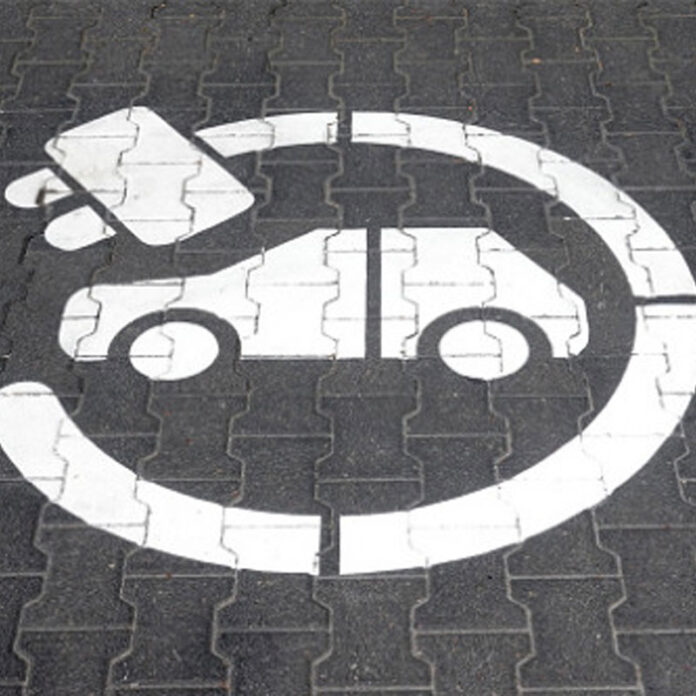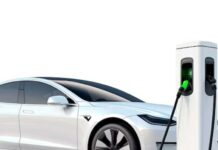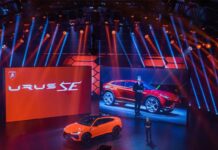
India’s bustling metropolises grapple with a common challenge – traffic congestion. The daily hustle and bustle of hundreds of thousands of vehicles clogging the roads not only frustrate commuters but also strain infrastructure, leading to increased travel times and heightened pollution levels. Cities like Bengaluru and the National Capital Region face severe congestion at key junctions, disrupting the flow of daily life.
The persistent issue has prompted many companies to rethink their mobility strategies. Areas like Bengaluru’s Silk Board Junction and Marathahalli Junction witness chronic congestion, especially due to their locations at the ends of the bustling Outer Ring Road IT corridor. Commuters navigating between these hubs often endure long delays, with reports of three-hour travel times for just six kilometers on Outer Ring Road.
Even major infrastructural developments, like the twenty-lane highway leading to Gurgaon in the National Capital Region, have not fully alleviated congestion issues. To combat these problems, companies have implemented enhanced mobility processes, utilizing corporate taxis and buses to transport employees and reduce congestion around technology parks.
The shift towards corporate mobility solutions is partly influenced by infrastructural challenges and the sheer volume of vehicles required for efficient operations. The post-pandemic era witnessed a surge in corporate employees opting for private transport and ride-hailing apps, diverting from shared mobility services.
In response to these challenges, there has been a concerted push towards electric vehicles (EVs) within the shared mobility ecosystem. The electric bus market, for instance, experienced a remarkable 65% growth in 2022, signaling a tangible demand for clean and sustainable public transport.
Despite the growth in EV adoption, there remain infrastructure challenges, notably the limited number of public charging stations. With just over 10,000 charging stations in a country with 2.8 million EVs, each charger must cater to approximately 300 vehicles. The government’s target of 18,000 charging stations in major cities emphasizes the need for a more comprehensive EV infrastructure.
Pairing charging stations with clean energy sources like solar and wind presents an opportunity for EV users to contribute to the push for clean energy. Beyond environmental benefits, EVs offer a solution to India’s aging taxi fleet, most of which have been in operation since the early 2010s.
Electric vehicles align with corporate Environmental, Social, and Governance (ESG) goals, allowing companies to eliminate tailpipe emissions and promote sustainable transport. EVs also overcome the challenges associated with range anxiety in shared mobility setups. Pre-planned routes and charging points ensure seamless operations, as depleted vehicles are replaced by fully charged ones, minimizing downtime.
This efficient cycle has far-reaching advantages for companies. A multinational technology company, for instance, reduced overall transport costs by 20% by partnering with a corporate mobility entity specializing in EV fleets. Moreover, better seat utilization resulted in a 15% reduction in the number of vehicles used.
Beyond corporate benefits, the strategic placement of EV charging infrastructure in tech parks aligns with the vision of smart cities in India. This approach promotes shared mobility among employees, reducing road congestion and contributing to a connected urban ecosystem.







